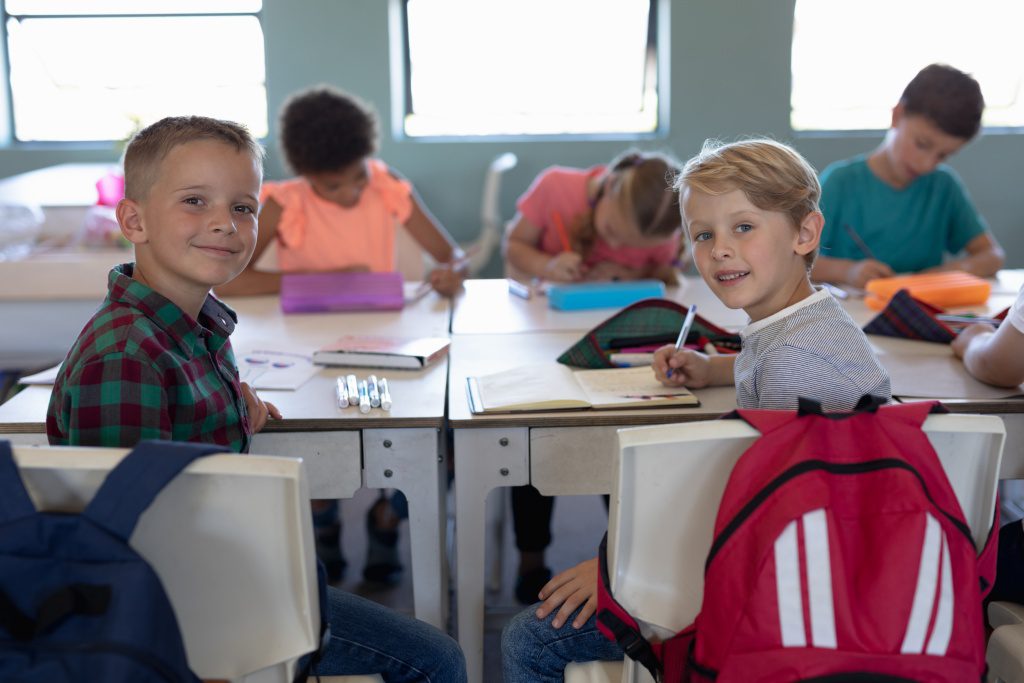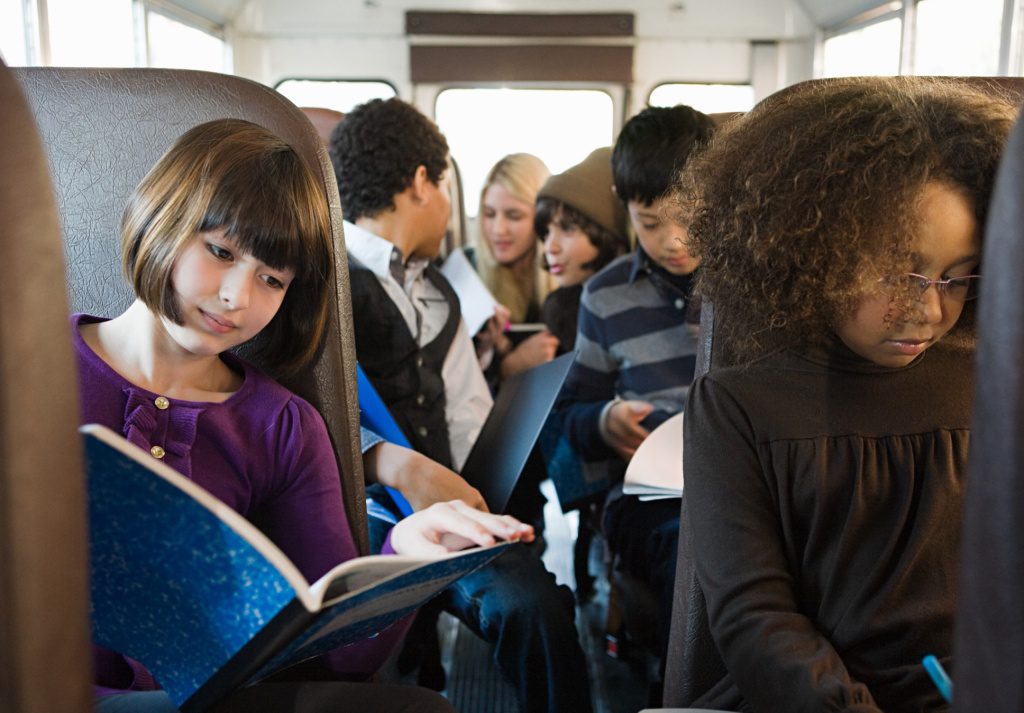650 Church Street, Ste 119, Plymouth, MI 48170

Understanding the Akaba Education Model
A Paradigm for Gifted and Talented Education
The Akaba Educational Model (AEM) champions the concept of specialized schooling for gifted children. This revolutionary model recognizes the diverse abilities and potentials of each gifted child, offering a learning environment that fosters their unique skills and talents. AEM schools provide an adaptive and flexible curriculum that caters to the intellectual needs of gifted children while fostering their emotional and social development. This approach ensures that children are not only academically proficient but also well-rounded individuals.
How we used this Educational Model in a school for gifted children?
We deliver our course material using the Akaba model of differentiated education. Named after the founder’s father, Kenji Akaba, this method of curriculum design and course delivery has evolved over the last 27 years of teaching gifted learners at Steppingstone. This model provides maximum flexibility for teachers by accommodating the unique cognitive, physical, social and emotional aspects of the gifted learner.
In most school settings, students are advanced by age. This often impedes gifted learners who may be academically one or more years ahead of their peers. Likewise, advancing students academically so that they are removed from their social group can create emotional stress and uneven personal development.
We organize our students into small multi-age/multi-grade developmental classrooms of approximately 15 students each. Core subjects (math, spelling, and reading), however, are instructed in even smaller (one to six students) ability groups.
This allows teachers maximum flexibility to accommodate each student’s academic needs while ensuring that students are nurtured socially and emotionally with their age-related peers.

1- First and foremost, we approach each student as an individual, understanding s/he has unique needs that may require unique solutions to maximize his or her academic, social and emotional development.
2- We stress the command of basic academic skills, all in a learning community. We emphasize respect for the individual and others, personal accountability and self-discipline, motivation and excellence, and a love of learning.
3- We use the mastery of learning concept—a student must achieve complete proficiency in a subject before advancing to the next education curriculum level.
4- Our faculty members view themselves as mentors, providing personal encouragement and helping the student understand his or her own giftedness in a healthy and meaningful way.

1- First and foremost, we approach each student as an individual, understanding s/he has unique needs that may require unique solutions to maximize his or her academic, social and emotional development.
2- We stress the command of basic academic skills, all in a learning community. We emphasize respect for the individual and others, personal accountability and self-discipline, motivation and excellence, and a love of learning.
3- We use the mastery of learning concept—a student must achieve complete proficiency in a subject before advancing to the next education curriculum level.
4- Our faculty members view themselves as mentors, providing personal encouragement and helping the student understand his or her own giftedness in a healthy and meaningful way.
5- Our teachers have the latitude to accommodate each student’s needs by varying the pace of delivering course content. Flexible pacing is the best way to accommodate the varied instructional levels and accelerated rates of learning common among gifted students.
6- Our teachers also act as coaches, becoming significant affirming adults in the life of the student. Gifted children vary from one to another as much as average or struggling students do—sometimes more. Many bright and talented students are at risk of underachievement and school failure when they lack appropriate support and intervention. Our staff provides the special support to help the gifted learner reach his or her full potential.
7- Our teachers adjust course material by varying the content and adding novelty to match the learning style of each student. Variety is necessary to maintain motivation in a gifted child in order to master basic skills and other course materials with joy and satisfaction.

5- Our teachers have the latitude to accommodate each student’s needs by varying the pace of delivering course content. Flexible pacing is the best way to accommodate the varied instructional levels and accelerated rates of learning common among gifted students.
6- Our teachers also act as coaches, becoming significant affirming adults in the life of the student. Gifted children vary from one to another as much as average or struggling students do—sometimes more.

Many bright and talented students are at risk of underachievement and school failure when they lack appropriate support and intervention. Our staff provides the special support to help the gifted learner reach his or her full potential.
7- Our teachers adjust course material by varying the content and adding novelty to match the learning style of each student. Variety is necessary to maintain motivation in a gifted child in order to master basic skills and other course materials with joy and satisfaction.
8- Upon entry, we assess each student to determine skill levels in basic core subjects. We place each student at the appropriate subject level, no matter his or her age. This means that a first grader spelling at a third grade level would be placed in the third grade instructional group for spelling; however, this same student may be at first grade level in math and would be placed in the first grade math group. Regardless of academic placement, the student remains with his or her developmental group for social and emotional growth and support.
8- Upon entry, we assess each student to determine skill levels in basic core subjects. We place each student at the appropriate subject level, no matter his or her age. This means that a first grader spelling at a third grade level would be placed in the third grade instructional group for spelling; however, this same student may be at first grade level in math and would be placed in the first grade math group. Regardless of academic placement, the student remains with his or her developmental group for social and emotional growth and support.
